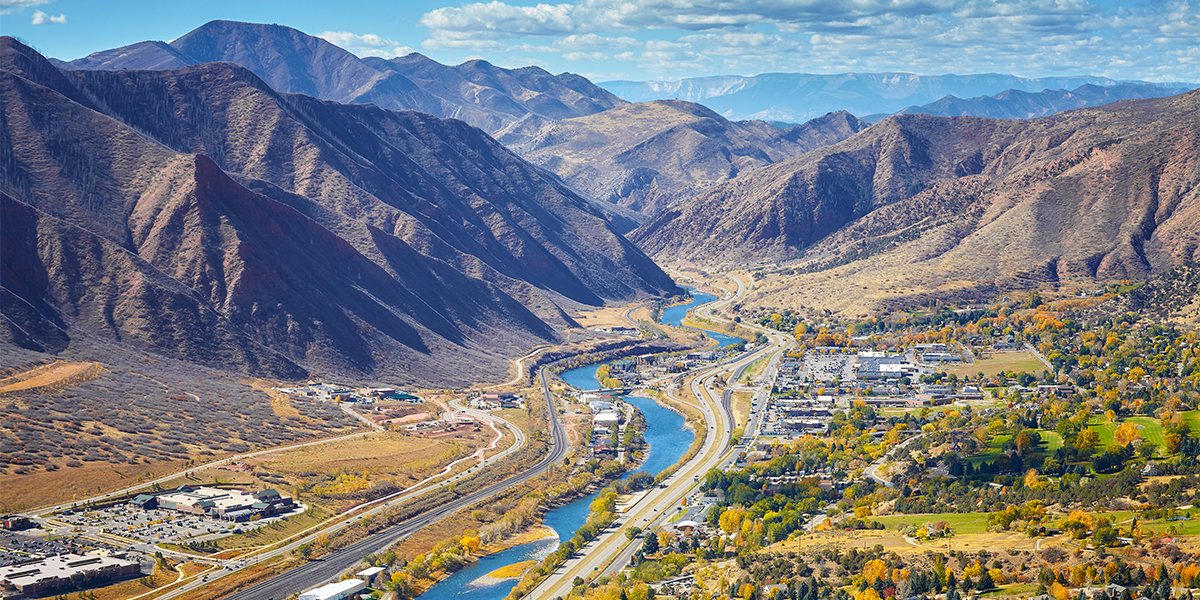Last month, Environmental Incentives joined water leaders and innovators at the first ever Water in the West Symposium, hosted by Colorado State University. The conference focused on how our community of engineers, lawyers, farmers, ranchers, and politicians have to work together to create a sustainable future in the Western US — one that sustainably manages and shares the water we all rely upon for our businesses, communities, and food.
The symposium was filled with key influencers in the water conservation world, including current US Secretary of Agriculture Sonny Perdue, previous Secretary Tom Vilsack, and Colorado Governor John Hickenlooper, all of whom had the same message: our water challenges will only be met if we work together. We must leverage federal, state, local, and private funds in innovative ways to support the natural and human communities that rely on water. This message was repeated throughout the symposium by corporate, financial, and philanthropic interests.
Though every western state is facing their own unique issues, Colorado is a compelling case study. Eighteen states and Mexico rely on water that falls in Colorado. The Colorado Water Conservation Board estimates we will need $20 billion in funding over the next 30 years to 1) bridge the widening gap in water supply and demand in the state, and 2) create a future that promotes sustainable growth while conserving our highly-valued natural resources.
While much of this funding will be supplied by municipalities and water providers, there is a gap of nearly $100M per year to meet current needs. The next 30 years will also bring new challenges as demand from the urban population increases, outdated infrastructure deteriorates and must be modernized, and climate change exacerbates and increases stressors on the water system. Business as usual, simply, is not an option.
If collaboration is the key—and certainly no one entity can do it alone—how do we create opportunities for many interested entities to work together? How can we leverage existing funding to provide real solutions to such a complex situation?
There must be incentives to meet state goals. Colorado’s Water Plan has eight priorities, all with measurable objectives, spanning everything from acre-feet of storage capacity to land use planning. As there is no regulatory hammer, there must be social or financial incentives to motivate communities and water districts to meet these goals. Supporting successes, either through publicity or financial reward, allows everyone to learn by example and improve water saving initiatives across the state.
Pay for outcomes instead of actions. Directing funding to the most effective actions will be paramount to meet the bold goals of Colorado’s Water Plan. Paying for performance, which links payment to successful and demonstrated outcomes, is becoming more and more common in infrastructure agreements, and even in stormwater management. This approach creates the space to leverage private capital, and it can also spur innovation to develop new, better techniques to effectively achieve water goals.
For example, a municipality could create an incentive program that rewards reductions in water use through a performance contract. Project implementers would then deploy water saving technology or policies – such as lawn buy-back programs or installing low-flow appliances – and be compensated for the actual units of water savings delivered.
Find ways to create multiple benefits. A common theme at the symposium was the need to leverage several sources of funding to tackle the great water needs in the state. Environmental Incentives believes that implementing projects that have multiple, measurable benefits valued by diverse interests will create new and exciting partnerships and spur greater investment. Multi-benefit projects could include floodplains that protect communities from flooding, create habitat, and support recreation; or city parks that increase infiltration, provide urban greenspaces, and increase pollinator habitat. Not only can you leverage multiple sources of investment, you can create more value from the same piece of land or drop of water. When it comes to water in the West, we have to stretch every drop as far as it will go.
Colorado’s Water Plan is an ambitious and inspiring plan for the future. With a focus on effectively working together, leveraging incentive-based programs, paying for performance, and enabling multi-benefit projects for multiple funders – we can make real strides towards a sustainable Western water future.



